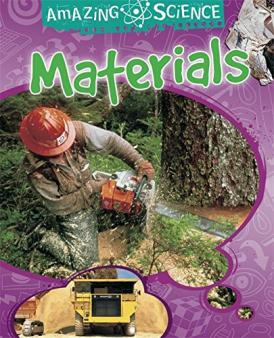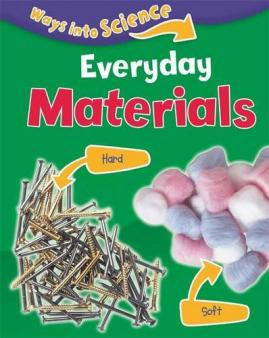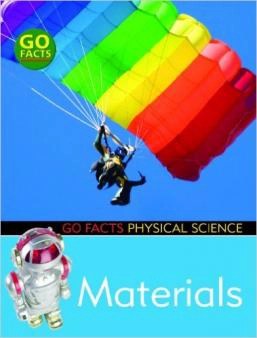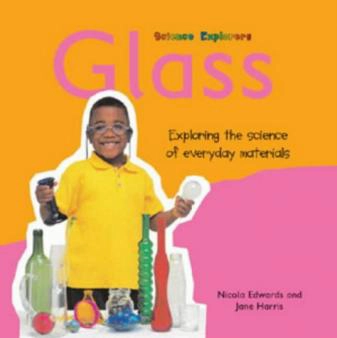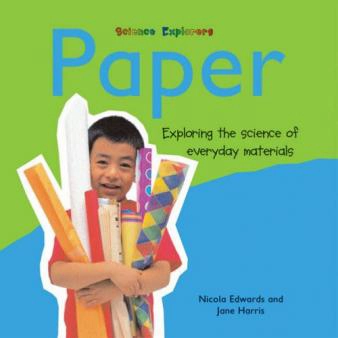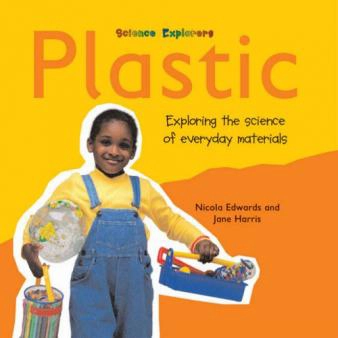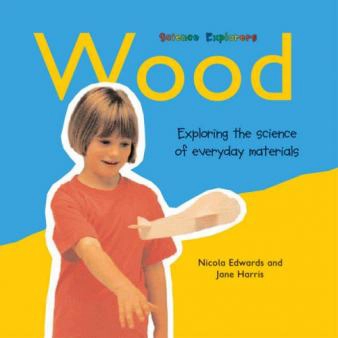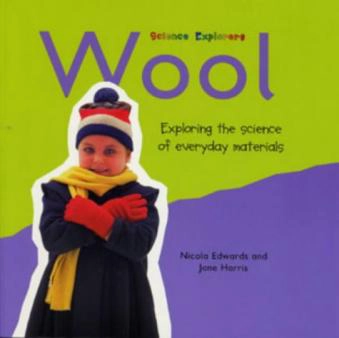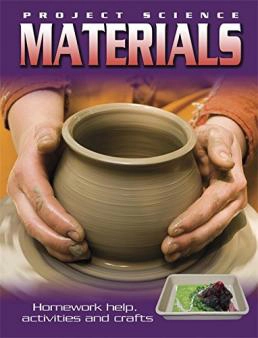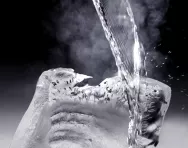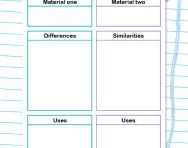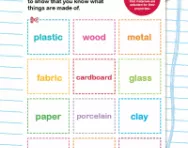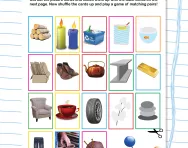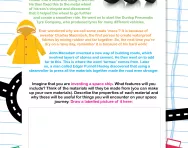Important update from TheSchoolRun
For the past 13 years, TheSchoolRun has been run by a small team of mums working from home, dedicated to providing quality educational resources to primary school parents. Unfortunately, rising supplier costs and falling revenue have made it impossible for us to continue operating, and we’ve had to make the difficult decision to close. The good news: We’ve arranged for another educational provider to take over many of our resources. These will be hosted on a new portal, where the content will be updated and expanded to support your child’s learning.
What this means for subscribers:
- Your subscription is still active, and for now, you can keep using the website as normal — just log in with your usual details to access all our articles and resources*.
- In a few months, all resources will move to the new portal. You’ll continue to have access there until your subscription ends. We’ll send you full details nearer the time.
- As a thank you for your support, we’ll also be sending you 16 primary school eBooks (worth £108.84) to download and keep.
A few changes to be aware of:
- The Learning Journey weekly email has ended, but your child’s plan will still be updated on your dashboard each Monday. Just log in to see the recommended worksheets.
- The 11+ weekly emails have now ended. We sent you all the remaining emails in the series at the end of March — please check your inbox (and spam folder) if you haven’t seen them. You can also follow the full programme here: 11+ Learning Journey.
If you have any questions, please contact us at [email protected]. Thank you for being part of our journey it’s been a privilege to support your family’s learning.
*If you need to reset your password, it will still work as usual. Please check your spam folder if the reset email doesn’t appear in your inbox.
What are materials?
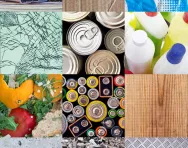
What are materials?
Materials are the matter or substance that objects are made from.
We use a wide range of different materials daily; these might include:
- metal
- plastic
- wood
- glass
- ceramics
- synthetic fibres
- composites (made from two or more materials combined together)
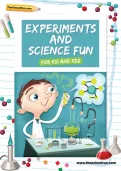
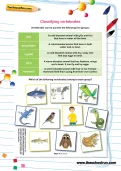
Download fantastic science resources today!
- Experiments And Science Fun pack
- Science Learning Programme for each school year
- All the instructions, questions and information you need
Different materials have different features, or properties, which make them suitable for different uses.
What do children learn about materials in primary school?
Children will explore what different items we use daily are made from. For example:
- Knives and forks can be made from metal.
- Chairs can be made from wood.
- Shoes can be made from leather
Each material can be used to make a range of different things; for example, wood can be used to make tables, chairs, spoons, pencils, shoes, doors, floors and many more things.
An object can be made out of different materials used together; for example, a chair can be made from metal and wood and plastic.
Children will explore the properties of materials. Is the material hard or soft, dull or shiny, smooth or rough, waterproof or non-waterproof?
Some materials maybe more suitable than others for particular uses or for manufacturing specific objects; for example, metal shoes wouldn’t be very comfortable and a cardboard door wouldn’t be very strong!
When are children taught about materials in primary school?
Children learn about materials in Key Stage 1.
In Year 1
- Children will differentiate between an object and what it is made from
- They learn to identify a range of different materials
- They will practise describing what the material is like (for example hard/soft or rough/smooth)
In Year 2
- Children explore the purpose and appropriateness of different materials for specific tasks. For example, which material would be best to make a pillow?
- They investigate how some materials can bend, stretch, twist and squash.
How are children taught about materials in the classroom?
Children will plan and carry out fair tests to investigate the appropriateness of different materials for a task. For example, which material would be best for a teddy’s coat or to make a cup to drink from? Sometimes these investigations might be linked to other areas of the curriculum; for example, if learning about traditional tales in English, children might investigate which material would make the best house for the Three Little Pigs' houses.
Children might also test whether they can alter the shape of a material by bending, stretching and twisting it and record their results.
Learning about materials lends itself to sorting and matching activities, too:
- Grouping objects according to the material they are made from
- Sorting materials according to their properties such as hard/soft objects
- Matching an object to the material it is made from
- Matching a material to a purpose
- Matching a material to a description
Materials activities for at-home learning:
- Visit the library and find books about materials
- Discuss what different items around the home are made from and why that might be
- See how many objects you can find in a minute that are made from a particular material (for example metal or wood)
- Look into recycling and why we recycle materials
- Find out about the materials of the future (intelligent materials, armoured fabrics and metal foams, for example)

